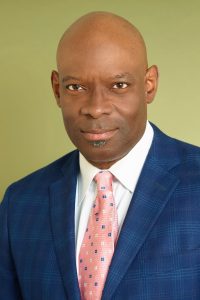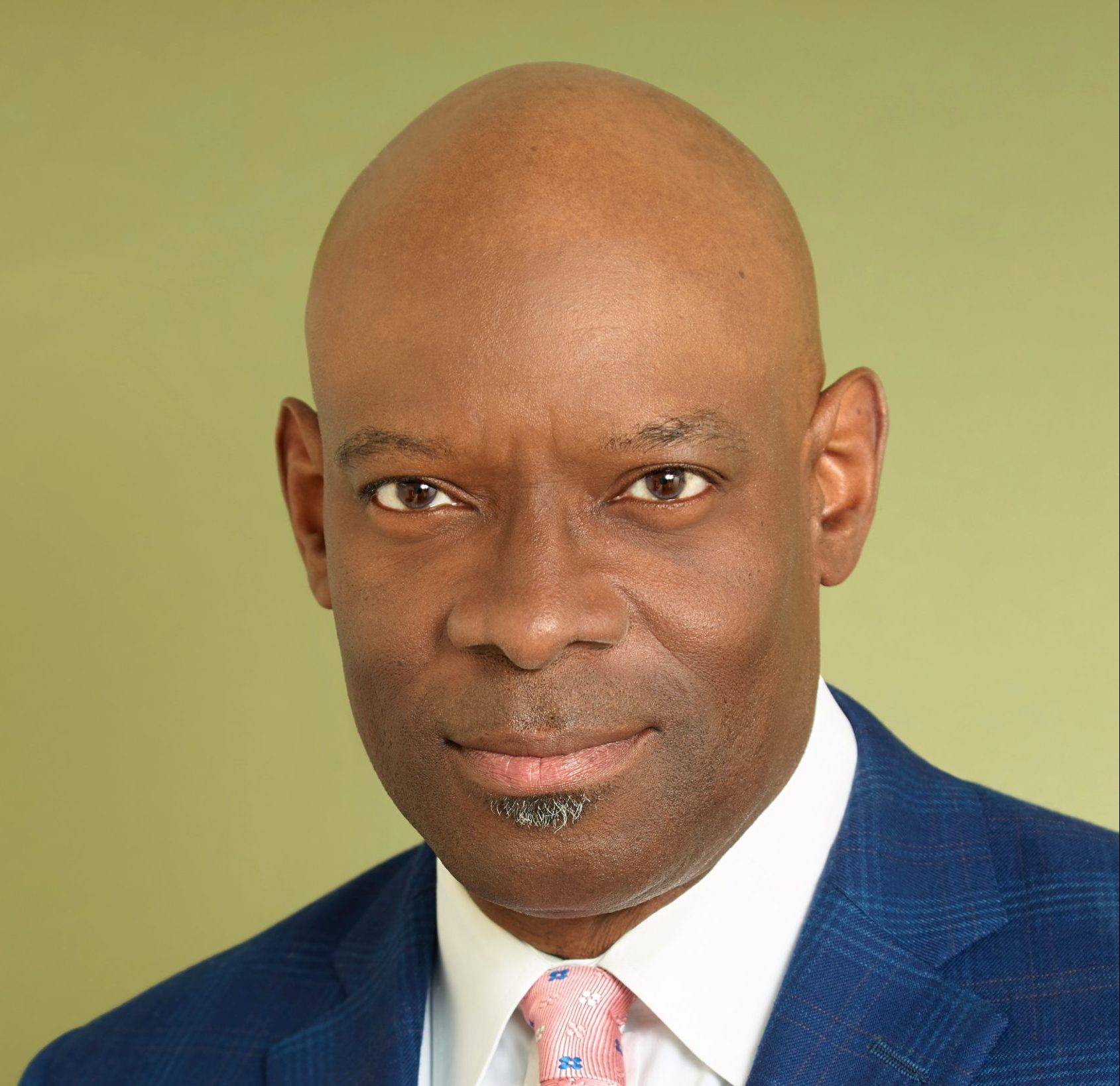In 2018, Childish Gambino released the music video for his song “This is America,” which quickly sparked controversy over the overt depictions of violence and explicit commentary on racial justice issues.
This instance of music being used to make a statement, specifically about racial issues in the United States, is a product of a long legacy of Black expression and resistance within music.
Ronald McCurdy, professor of music at the USC Thornton School of Music examined the role art plays in history and resistance in his speech “Disrupting Racism: Through the Lens of the Arts.” The Office of Diversity, the music department and the DEIC commission virtually hosted McCurdy on Feb 18 as a part of Black History Month education.
McCurdy said, “Art is a reflection of life. If you want a snapshot of any given time in history, look at the art.”
Professor of trombone and chair of the Concordia College music department Nathaniel Dickey said, “The role of the arts in society is to reflect the realities around us through lenses of creative expression which have the power to communicate deeply with people on multiple levels. When created and shared authentically, the arts are among the most powerful means of bringing people together, overcoming fears and differences, and breaking through the barriers that divide us.”

Chronological tracing the arts throughout history, McCurdy began his speech by discussing the time of slavery and how the music of that time laid the foundation for artistic Black expression in the future.
When Christianity was being taught to enslaved people, church hymnals would take on a new meaning after being adapted and sung. While “Wade in the Water” can be heard as a church hymnal, enslaved people heard instrcuctions to swim in the stream to mask their scent from search dogs.
By emphasizing the hidden messages in these songs, McCurdy demonstrated how music contained both hope in spirituality and faith in resistance. The Negro Spirituals laid a foundation for the prevelance of Black art in coming years, especially the Harlem Renaissance.
Jazz became a large part of Black artistic expression during the 20th century. McCurdy described the essence of jazz in terms of three elements: improvisation, swing and the blues.
Improvisation stems from the African roots of jazz. Western music, such as classical, is mostly performed the same every time. In contrast, jazz or African-derived music “is about the performance,” said McCurdy because jazz relies on an individual’s personal understanding of the song and it’s trajectory.
In the context of jazz, improvisation sounds like riffs and solos, but this also applies to all African-derived art forms because they are often flexible and creative. The individuality in the song is a crucial element of what makes jazz so fluid and influential, according to McCurdy.
“Making art is one of the most honest things a person can do, which makes it hard but also meaningful. Not all art is political or even related to social issues – some art is for its own sake. While we may disagree at times, art offers us a space to explore our ideas, thoughts and feelings in ways that can help us understand each other better and find common ground,” Dickey said.
While jazz allows for a lot of improvisation, it also requires a lot of teamwork and awareness from all the musicians involved. McCurdy describes this teamwork as the second element of jazz—swing. Understanding, tuning in, and building off of others is an important part of not only the jazz itself, but also the sense of community and meaning it takes on.
It’s in this sense of community that messages of resistance can be applied and embodied through performance. This directly ties into the third element of jazz: the blues, which represent the optimism and hopefulness for change within the racial justice movement.
The combination of all three of these elements in jazz makes this particular art form “the greatest representation of democracy,” said McCurdy.
From Sam Cooke’s “A Change is Gonna Come” to Billie Holiday’s “Strange Fruit,” McCurdy said songs like these are an essential part of healing the wounds created over 400 years. Meaning, these songs are a way to tell the truth.
“We are still a long way from equality, equity and justice for all in our society, but the arts continue to have a powerful role to play in exposing and exploring hard truths, expressing the difficult and complex emotions around racism and injustice, and pointing the way towards positive change,” Dickey said.
McCurdy continued by exploring the emergence of hip hop and R&B. Grandmaster Flash & The Furious Five and later Childish Gambino are two examples of influential artists who depict the racism present in urban life.
McCurdy ended by challenging students to become leaders who not only speak up against injustice, but also spread and uplift the truth.
Dickey said the music department is making efforts to create a more diverse and inclusive place by featuring artists that have been historically marginalized and encouraging students to stay motivated in issues of diversity, equity and inclusion.

